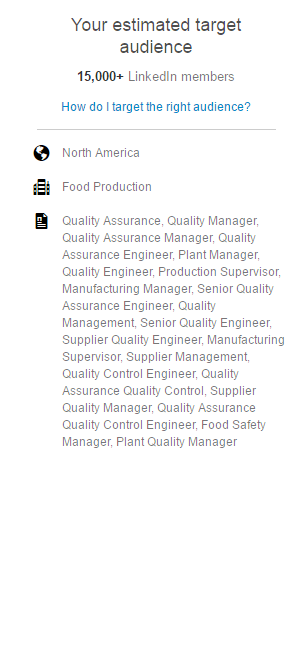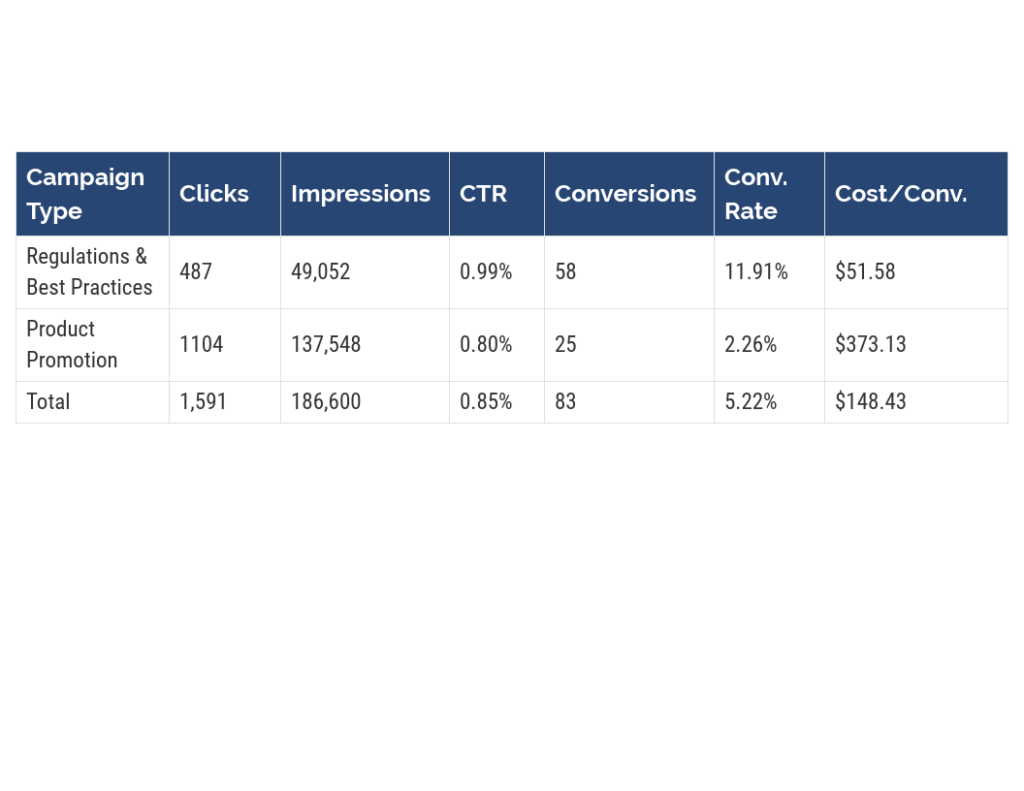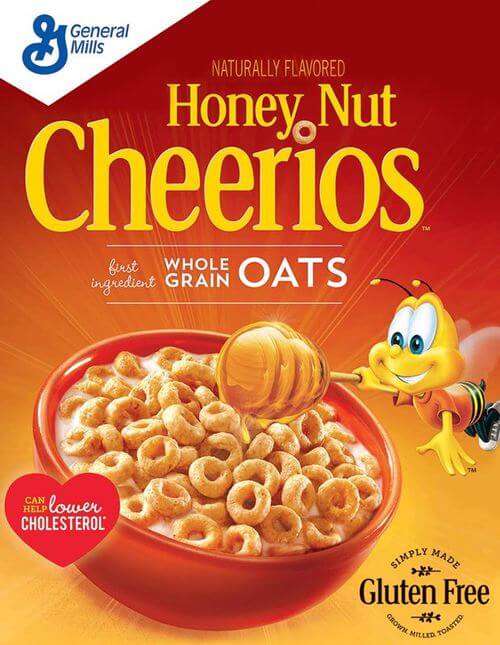When you’re in a niche industry like manufacturing filters for food and beverage production, it’s hard to pinpoint your audience and cater your messaging to them. Platforms like Google/Bing Ads and Facebook typically control the bulk of the digital marketing mix, but there’s another big hitter to consider testing: LinkedIn Sponsored Content. While the ads for Sponsored Content only differ slightly from other platforms, it’s the targeting where LinkedIn really shines.
Networking Site… Or Targeting Gold Mine?
The beauty of a site built upon self-promotion is that you can use members’ profile data to target your ads. The best part? The information you are using to create your targeting is created by the target audience itself. (I’ll give you a second to realize you aren’t in The Matrix…) This means if you are targeting individuals with a job title like Process Engineer on LinkedIn, then the only way they will be included in your audience is if their profile says “Process Engineer” under Job Title. It’s not a guess like Google – if a LinkedIn user doesn’t list the info you are targeting in their profile, they aren’t counted.
Finding the Right Audience
Your audience should be based off your business objective. In this client’s case, we typically target Job Titles for department heads or managers for things like Production, Process, Quality Assurance, Plant Management, Operations, etc. and Company Names, Industries, or Job Skills to narrow down the list even further. We want to make sure that if someone is seeing an ad, they are most likely someone who makes decisions when it comes to the products/processes used in production.
Here is an example of what a typical audience might look like on LinkedIn:

Choosing the Right Content for Niche Audiences
Over the last few years, we’ve uncovered enough common Job Titles/Skills that make up our audience that we have the targeting portion of our campaigns down to a science. We may tweak industries and company names every now and then, but that’s about it. The main thing that changes between each campaign is the landing page and ad copy used.
We have tested ads for product announcements, brochures, tech articles, promotional items, articles about regulations, Q&As from experts — you name it, we’ve probably tried it. Our two main landing page/content types could be categorized as either Regulations & Best Practices or Product Promotion, and as you can see below, regulations outperform products by a landslide.

Sure, there are fewer clicks and impressions for Regulations, but the CTR, conversions, and conversion rate are substantially higher while cost per conversion is 86% lower!
(Keep in mind the Regulations data is from one campaign that ran for about two months, whereas Product Promotion data came from more than five campaigns combined.) Decision-makers in (sometimes VERY) niche markets are more concerned about potential shutdowns and production losses from sub-par product quality than they are about new products being offered for their factories.
Contrary to what Joe Rogan might say, fear is a factor for manufacturing plants. If a plant isn’t operating under the regulations that govern it, it could be shut down and result in millions of dollars of revenue loss. When writing copy for landing pages and Sponsored Content ads, think, “What is my target customer afraid of happening that my product can help prevent?” rather than, “What is my target customer currently doing that our products do better?”
Thought Leaders Speak to Pain Points, Not Just Products
Instead of throwing your product in their face right away, position yourself as the thought leader on the regulations they are so strictly enforced to follow. Now when they think of OSHA, FDA, EHS, etc. they will think of your brand as the go-to product that will enable them to comply with those regulations.
Sound like wishful thinking? Let’s try a test: Name the cereal that helps lower your cholesterol. I’ll give you 3 seconds.
3…
2…
1…

Is this your cereal?
I didn’t try Honey Nut Cheerios until last year (at age 26… don’t judge), but I still knew it helps lower your cholesterol because Buzz the Bee and the big yellow box burned it into my brain. Fun fact: Cheerios isn’t the only cereal that can help lower your cholesterol… Every single whole grain oat cereal can; Cheerios just said it first! The same idea applies for LinkedIn campaigns – promote the idea/benefit to capture the lead first, then worry about the product while nurturing the lead.
Steps Towards LinkedIn Success
So, to get your LinkedIn strategy off the ground and generating quality leads…
- Focus on the companies or industries your target falls in.
- Narrow down audiences further by the types of employees you want to reach via job title or skill.
- Figure out their pain points and potential obstacles they want to avoid, and incorporate this into your content.
If you can speak directly to the setbacks clients are afraid of, you will be on your way to positioning yourself as a leader on the subject. Once they see you as a helping hand, you have a better chance of them reaching out in the future when they need your product.
Looking to incorporate LinkedIn sponsored content into your lead gen strategy? Check out our Social Advertising capabilities and Lead Generation services.
